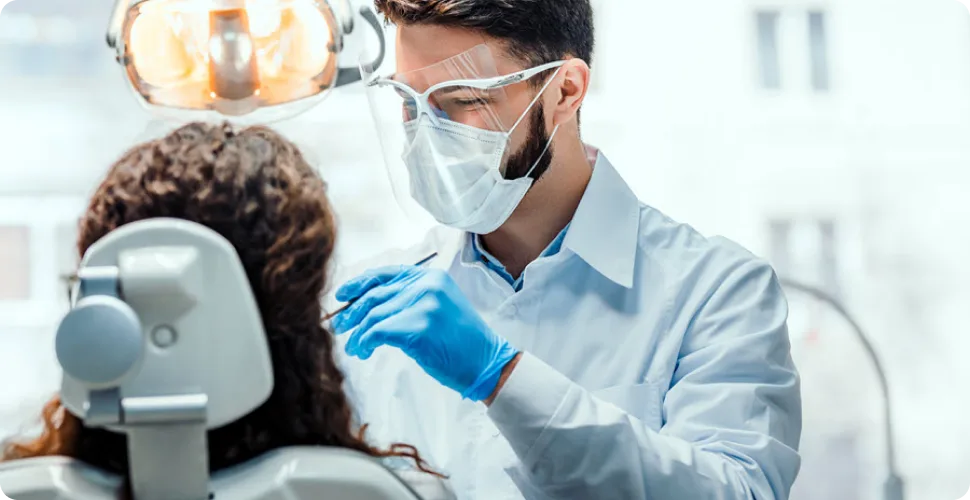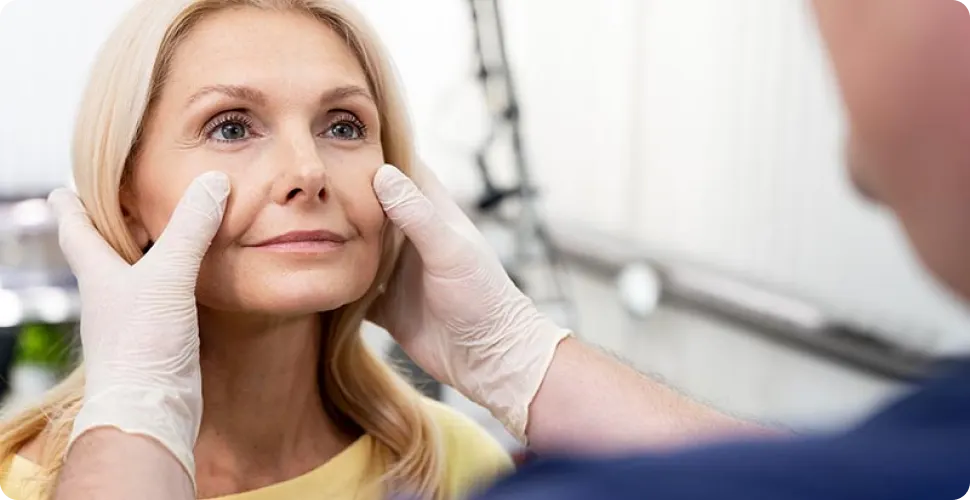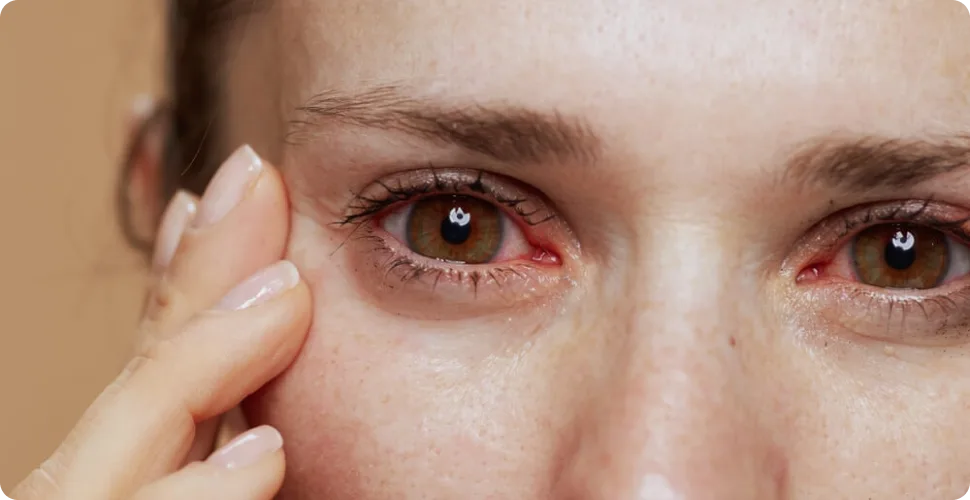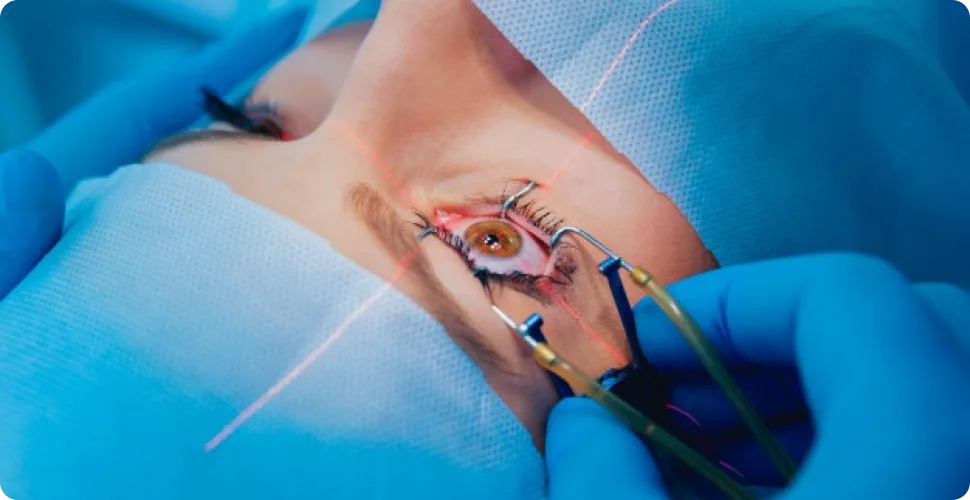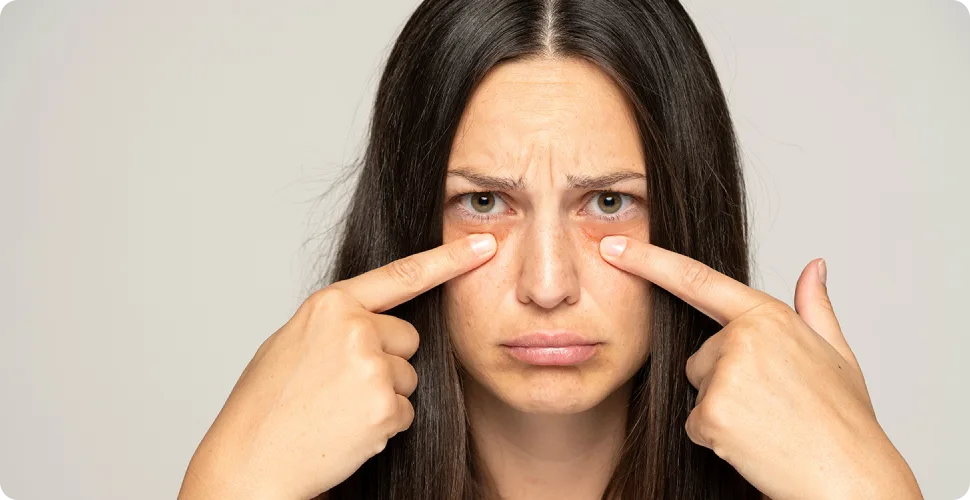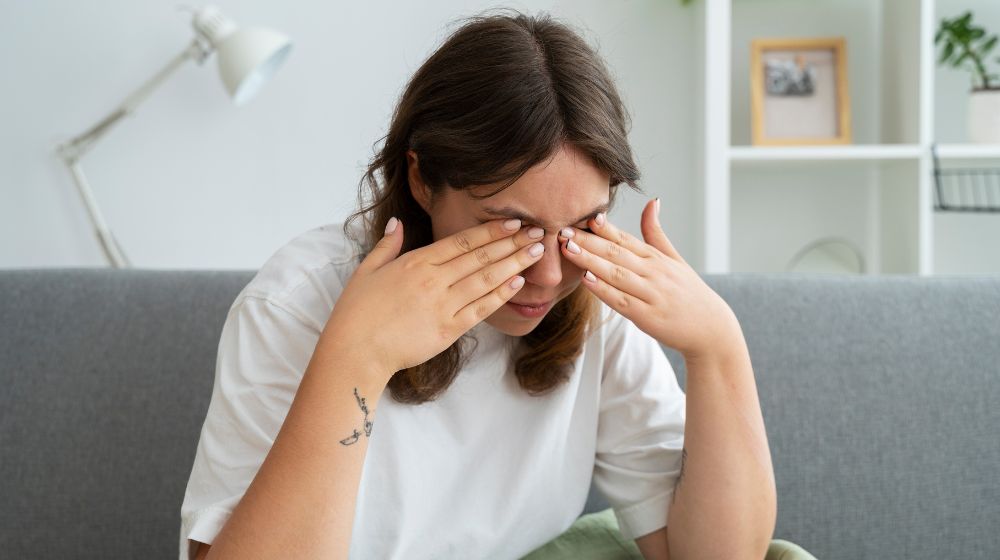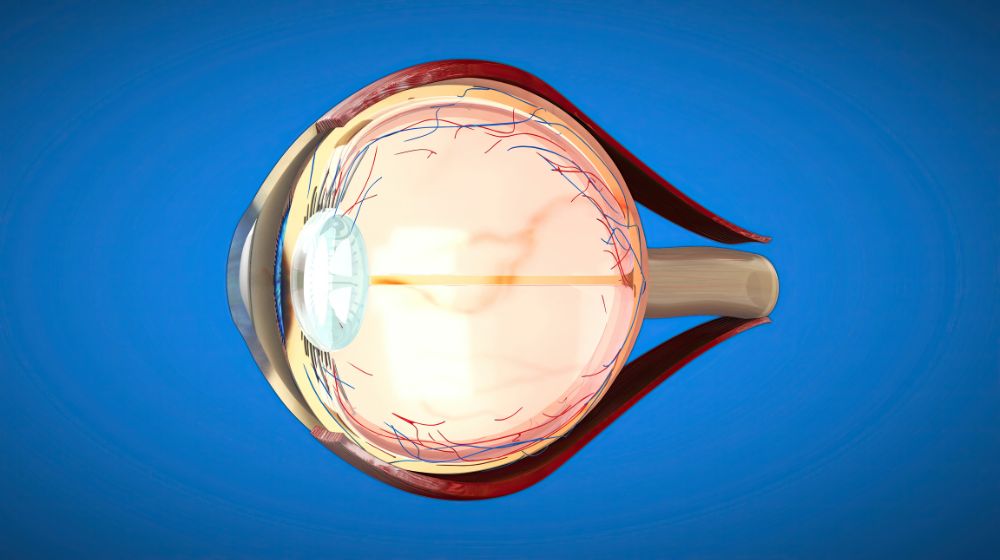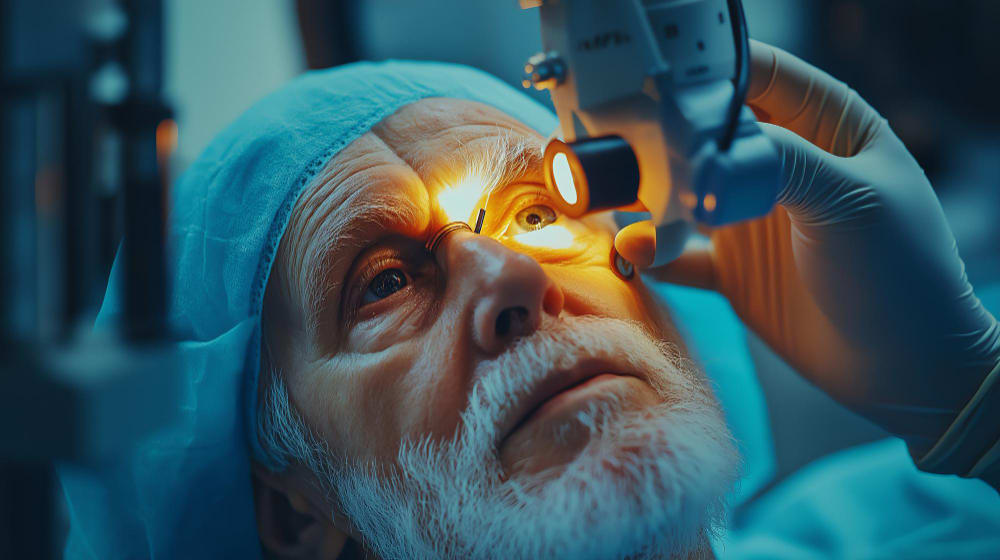In today’s fast-paced digital world, our eyes are under constant strain from screens, pollution, and stress. While modern medicine provides advanced solutions, many people are now turning toward natural eye treatment for long-lasting and holistic care. If you are looking for a natural eye treatment centre in Panchkula that blends traditional wisdom with modern eye care, Gupta Eye and Dental Care stands out as one of the most trusted names. This article explores how natural eye treatments can improve vision, relieve strain, and support overall eye health—and why Gupta Eye and Dental Care is the best place for comprehensive and natural eye care solutions in Panchkula. Understanding the Importance of Natural Eye Care Our eyes are one of the most delicate and vital organs, yet they are often neglected. Excessive screen time, poor diet, lack of sleep, and exposure to environmental pollutants can lead to problems like dry eyes, blurry vision, headaches, and even chronic eye diseases. Natural eye care focuses on healing the eyes through holistic methods rather than relying only on medications or surgery. This approach includes lifestyle changes, natural therapies, diet correction, and exercises that enhance the eyes’ natural healing ability. At Gupta Eye and Dental Care, the philosophy of natural healing is integrated into modern medical expertise—offering patients the best of both worlds. Why Choose a Natural Eye Treatment Centre? A natural eye treatment centre focuses on identifying and addressing the root causes of vision problems instead of merely managing the symptoms. Unlike conventional treatments that rely heavily on medications or surgical interventions, natural eye therapies promote gradual improvement in eye health using safe and proven methods. Here are some benefits of natural eye care: At Gupta Eye and Dental Care, patients receive personalized care plans tailored to their unique eye conditions, lifestyle, and goals. Gupta Eye and Dental Care: The Leading Natural Eye Treatment Centre in Panchkula Located in the heart of Panchkula, Gupta Eye and Dental Care has built a strong reputation for providing holistic, patient-centered treatments. The center combines advanced ophthalmic technology with natural and preventive care methods to enhance visual wellness. The team at Gupta Eye and Dental Care is led by experienced specialists who understand the importance of both modern ophthalmology and natural eye therapy. The clinic’s mission is simple—to preserve and improve vision through safe, natural, and effective treatments. Key Features of Gupta Eye and Dental Care: 1. Comprehensive Eye Checkups: Regular eye checkups are essential to detect issues early. The center provides detailed eye examinations using state-of-the-art diagnostic equipment, ensuring accurate and early detection of problems. 2. Customized Natural Eye Treatment Plans: Each patient is unique. The experts at Gupta Eye and Dental Care assess individual needs and design a natural eye treatment plan that may include eye exercises, relaxation techniques, diet modifications, and herbal supplements. 3. Integration of Modern and Natural Therapies: The center integrates Ayurvedic and holistic eye therapies with modern ophthalmic care. This combined approach ensures complete eye wellness—both physically and functionally. 4. Experienced and Compassionate Doctors: The highly qualified doctors provide thorough consultations, explaining every aspect of eye health and helping patients adopt healthy habits for lifelong vision. 5. Focus on Preventive Eye Health: Prevention is better than cure. The clinic educates patients about preventive measures such as proper screen habits, nutrition, and lifestyle adjustments to protect eye health naturally. Natural Eye Treatments Offered at Gupta Eye and Dental Care As one of the best natural eye treatment centres in Panchkula, Gupta Eye and Dental Care offers a range of natural and holistic eye therapies designed to improve vision and eye comfort. 1. Eye Exercises and Vision Therapy Eye exercises are powerful tools for improving focus, coordination, and muscle strength. These simple yet effective exercises help relieve digital eye strain, improve concentration, and enhance visual clarity. Regular vision therapy can also benefit those with conditions like myopia (nearsightedness), hypermetropia (farsightedness), and astigmatism. 2. Nutritional and Dietary Guidance Nutrition plays a crucial role in maintaining eye health. Deficiencies in vitamins A, C, E, and omega-3 fatty acids can lead to dryness, blurred vision, and early degeneration. The clinic provides dietary counseling focused on including foods like leafy greens, carrots, citrus fruits, nuts, and fish to support natural vision improvement. 3. Stress Management and Relaxation Techniques Eye strain often worsens due to stress and lack of sleep. At Gupta Eye and Dental Care, relaxation techniques such as palming, meditation, and yoga for eyes are recommended to reduce tension and promote mental calmness—both essential for eye recovery. 4. Herbal and Natural Remedies Natural remedies like rose water compresses, triphala eye washes, and cold packs are used to soothe irritated eyes. The clinic ensures that all products are pure, safe, and suitable for individual eye conditions. Conditions That Can Benefit from Natural Eye Treatment Natural eye care is not just for those with poor eyesight. It can benefit anyone experiencing discomfort, fatigue, or early signs of vision problems. Common conditions treated naturally at Gupta Eye and Dental Care include: The clinic’s approach focuses on enhancing the eyes’ natural ability to heal, improving overall ocular strength, and preventing further deterioration. Why Gupta Eye and Dental Care is the Best Natural Eye Treatment Centre in Panchkula There are several reasons why Gupta Eye and Dental Care is regarded as the best natural eye treatment centre in Panchkula: 1. Holistic Approach: The center combines modern ophthalmology with proven natural therapies for complete eye wellness. 2. Experienced Specialists: The doctors are not only skilled in advanced eye care but also trained in natural and preventive methods. 3. Patient-Centered Care: Each treatment plan is customized to fit the patient’s lifestyle, vision needs, and preferences. 4. Advanced Infrastructure: Equipped with modern diagnostic and treatment tools, the clinic ensures accuracy and safety in every procedure. 5. Commitment to Long-Term Vision Health: Rather than offering short-term relief, the focus is on sustainable vision improvement and prevention of future problems. Tips to Maintain Healthy Eyes Naturally Even outside the clinic, adopting healthy habits can significantly improve your
